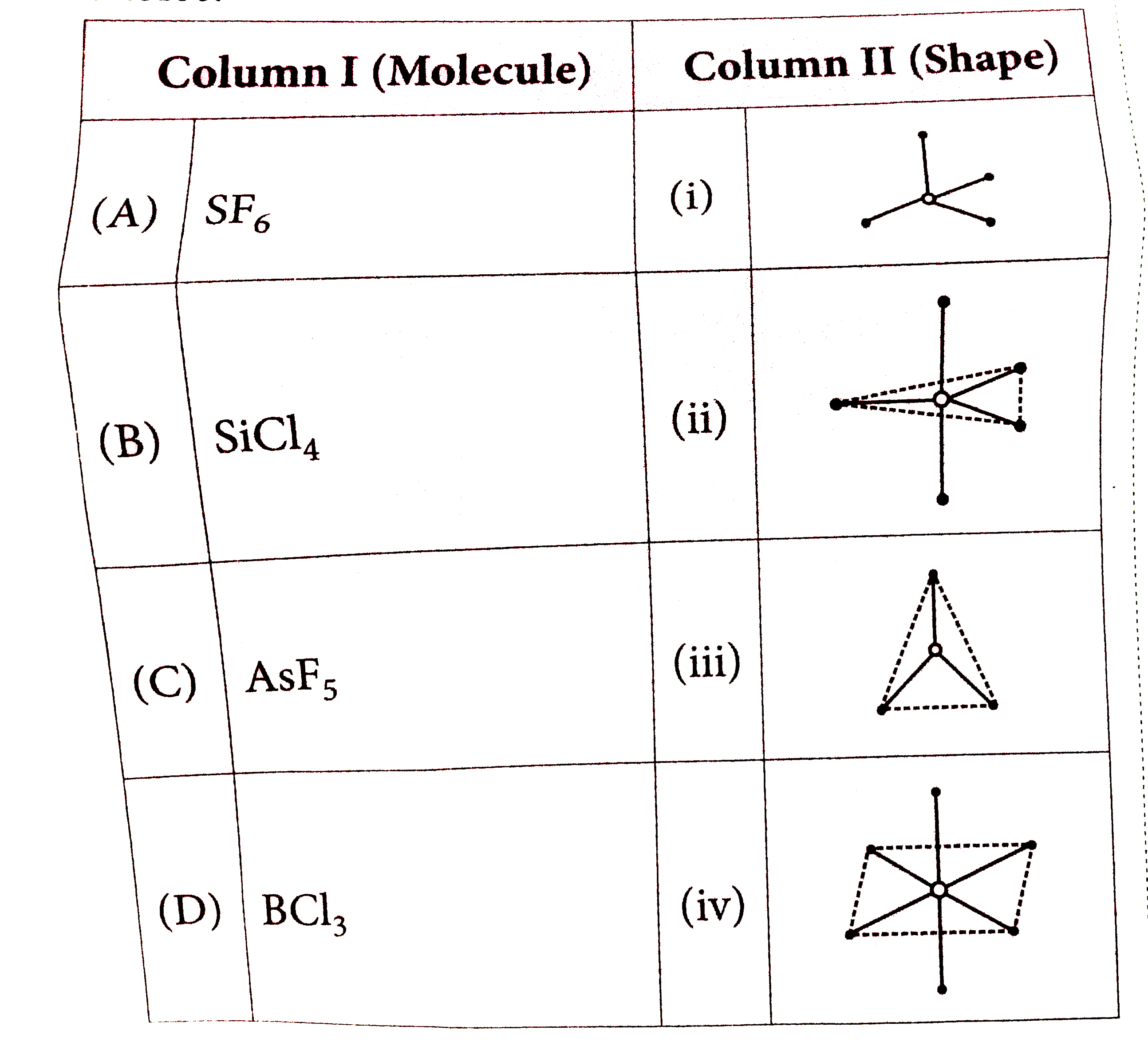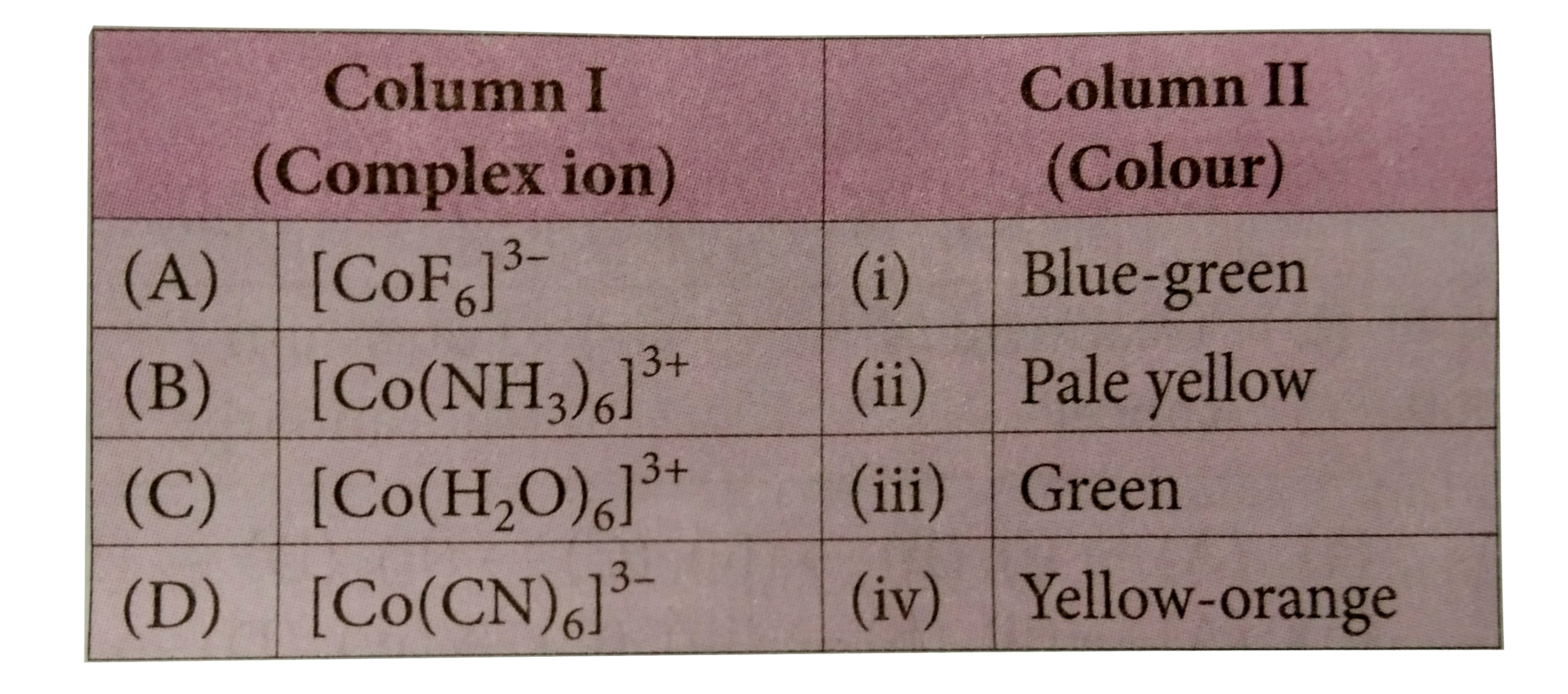Consider a uniform wire of length l. Cross-sectional area A, Young's modulus of the material of the wave is Y. Some information related to the wire is given in column-1 and dependence of the result is given in column-2. Then match the approprite choice between the columns and match the list given in options
Column-I Column-II(A) Let us suspend wire vertically from a (p) Young'sModulusrigud support and attach a mass m atits lower end. If the mass is slightly pulleddown and released, it executes S.H.Mof a time period which will depend on(B) Work done in stretching the wire up to length (q) elongation (x)l+xwill depend on(C) If the given is fixed between two rigid (r) length (l)supports and its temperature is decreasedthermal stress that develops in the wirewill depend on(D) If the wire is pulled at its ends equal and (s) area of cross-section (A) opposite forces of magnitude F so that itundergoes an elongation x, according toHook's law, F=kx, where k is the forceconstant.Force constant (k) of the wirewill depend on
The correct Answer is:(A)-p,r,s (B) -p,q,r,s, (C) -p(D)-p,r,s
Topper's Solved these Questions
- DAILY PRACTICE PROBLEMBOOK - RESONANCECHAPTER - DAILY PRACTICE PROBLEMEXERCISE - DPP No.72
20 Videos
- CURRENT ELECTRICITYBOOK - RESONANCECHAPTER - CURRENT ELECTRICITYEXERCISE - High Level Problems (HIP)
21 Videos
- ELECTRO MAGNETIC WAVESBOOK - RESONANCECHAPTER - ELECTRO MAGNETIC WAVESEXERCISE - Exercise 3
27 Videos
Similar Questions
Knowledge Check
A wire of length L and cross-sectional area A is made of a material of Young's modulus Y. IF the wire is stretched by an amount x, the workdone is
AYAx22LBYAx2L2CYAx2LDYAx2L
Match the vitamins given in column I with the deficiency disease caused by it given in column II and mark the appropriate choice

View SolutionMatch the constants given in column I with their values given in column II and mark the appropriate choice.
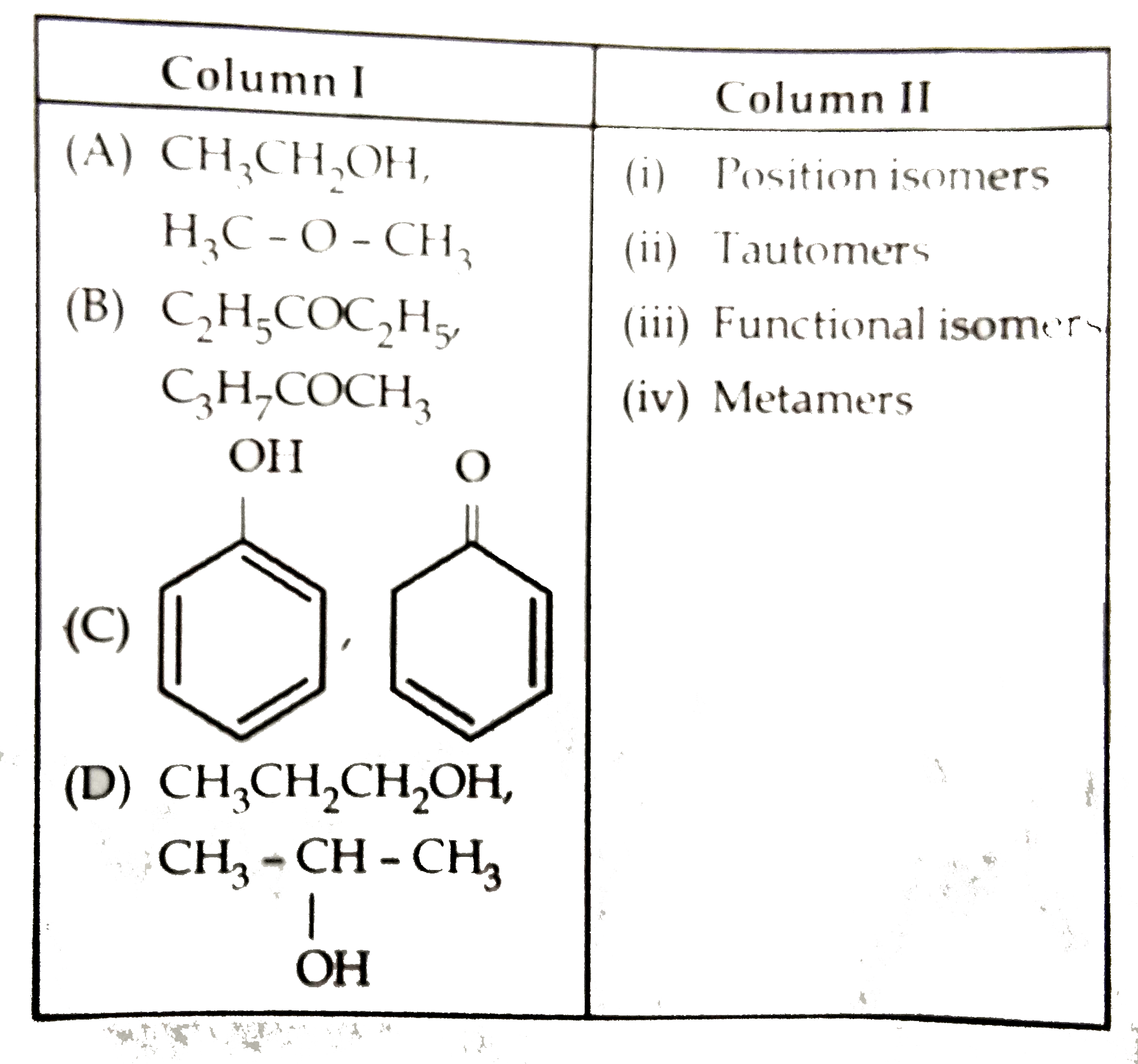
View SolutionMatch the compounds given in column I with the IUPAC names given in column II and mark the appropriate choice.
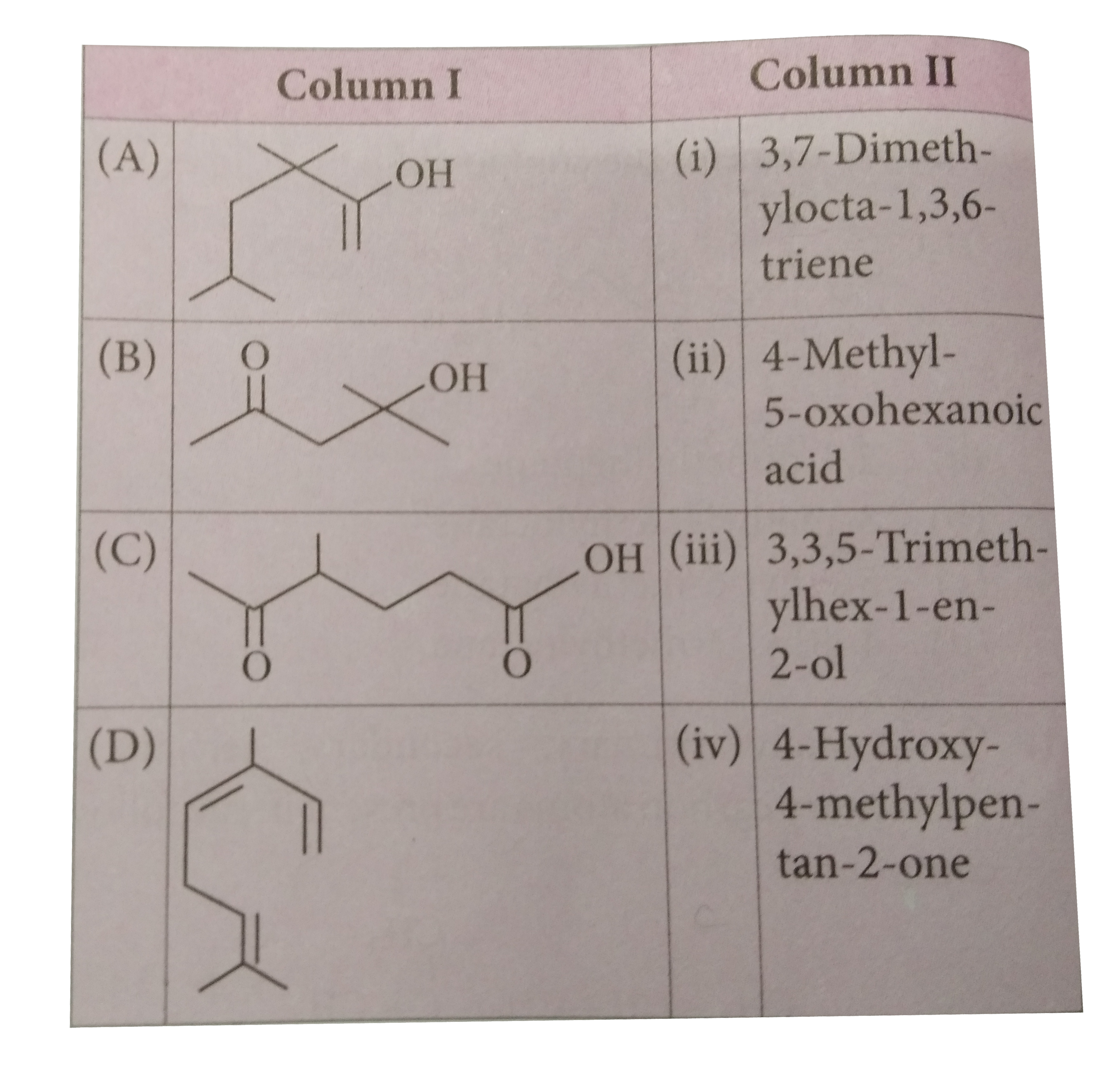
View SolutionMatch the compounds given in column I with the IUPAC names given in column II and mark the appropriate choice.

View SolutionMatch the constants given in column I with their values given in column II and mark the appropriate choice.

View SolutionMatch the atomic numbers of the elements given in column I with the periods given in column II and mark the appropriate choice.
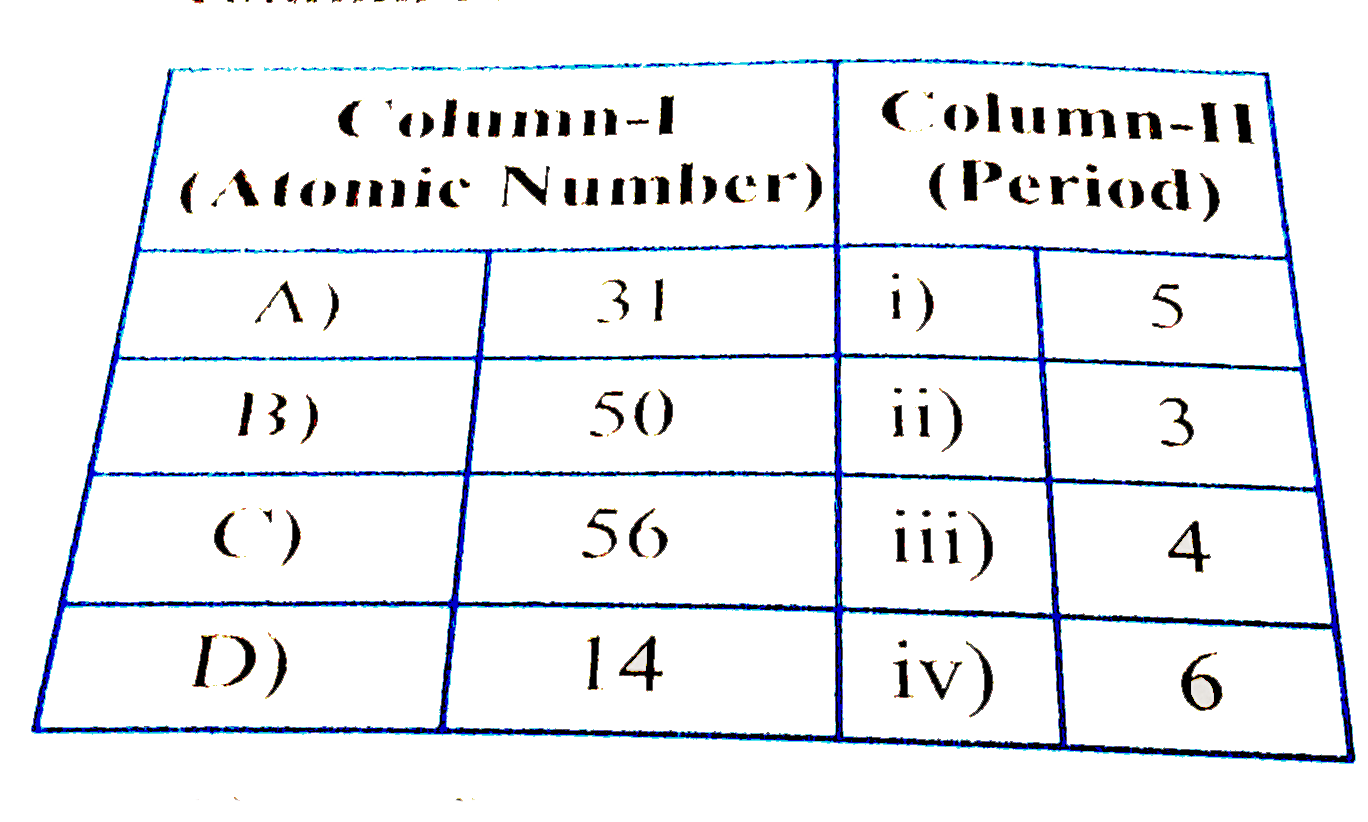
View SolutionMatch the atomic numbers of the elements given in column I with the periods given in column II and mark the appropriate choice.

View Solution

